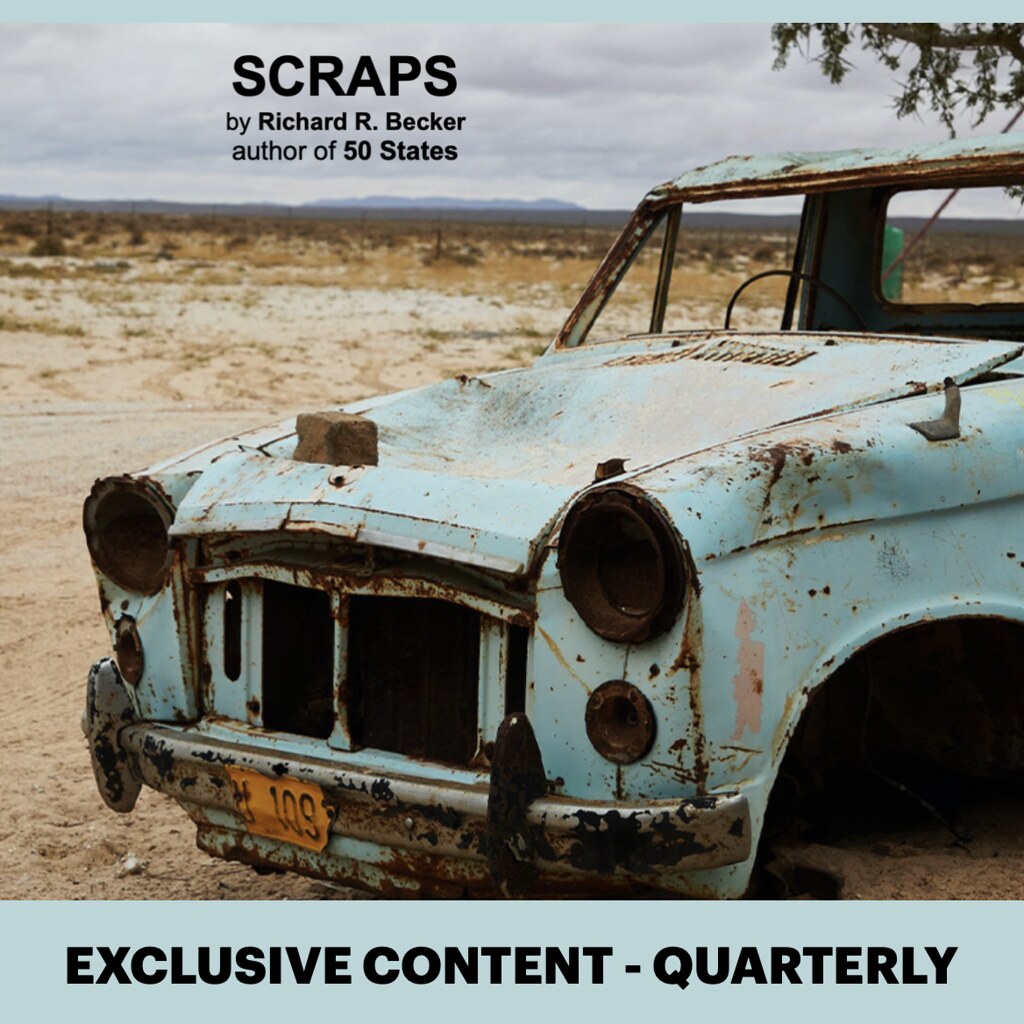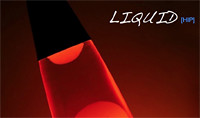This novel has really made the rounds, selling more than 1,500 copies in its first year and still going strong with seven literary awards and a 4.7-star rating on Amazon, 4.6-star rating on Goodreads. And while my next novel — to be released later this year — is unrelated, Third Wheel (much like 50 States) serves a great introduction to my work, which often explores perception and identity (among other themes).
There has always been something that draws me to stories about teens who face adult problems like Brady does (and I did growing up in the inner-city of Milwaukee and later Las Vegas). So, I thought it might be worthwhile to share a list of eight books with similar themes, settings, or tones, based on their exploration of adolescence, social dynamics, crime, or transformative personal journeys.
8 Books To Read If You Loved Third Wheel
1. "The Outsiders" by S.E. Hinton. Often cited as a direct comparison, "The Outsiders" is a classic coming-of-age novel about teenage outcasts navigating social hierarchies, loyalty, and conflict in 1960s Oklahoma. Like "Third Wheel," it explores the struggles of a young protagonist (Ponyboy Curtis) seeking belonging amidst a backdrop of violence and fractured relationships. Both novels feature tight-knit friend groups, betrayal, and a raw depiction of youth. Readers of "Third Wheel" who enjoyed its emotional depth and group dynamics will resonate with this.
Key Themes: Belonging, class conflict, loyalty, growing up too fast. Setting: 1960s Tulsa, Oklahoma
2. "Rumble Fish" by S.E. Hinton. Another Hinton novel, "Rumble Fish" delves into the life of Rusty-James, a troubled teen idolizing his older brother and grappling with his place in a rough, urban world. Its gritty tone, focus on teenage rebellion, and exploration of fractured family dynamics echo "Third Wheel’s" portrayal of Brady’s struggles with his mother and criminal entanglements. The cinematic, almost noir-like atmosphere aligns with Becker’s vivid depiction of 1982 Las Vegas.
Key Themes: Identity, brotherhood, rebellion, loss of innocence. Setting: 1970s urban America.
3. "All the Smoke" by Matt Barnes and Stephen Jackson. While a memoir rather than fiction, "All the Smoke" captures the raw, unfiltered experiences of two NBA players growing up in challenging environments, facing peer pressure, and navigating risky social circles. Its focus on resilience and self-discovery mirrors Brady’s journey in "Third Wheel." The conversational style and emphasis on overcoming adversity make it a compelling non-fiction parallel for readers drawn to Becker’s realistic characters and themes of belonging.Key Themes: Resilience, peer influence, and self-discovery. Setting: Various U.S. cities, 1980s–2000s.
4. "The Catcher in the Rye" by J.D. Salinger. This iconic novel follows Holden Caulfield, a disillusioned teen grappling with alienation and the search for authenticity in a world he perceives as hypocritical. Like Brady in "Third Wheel," Holden navigates a complex social landscape without reliable adult guidance, making both stories resonate with readers who connect with themes of isolation and self-definition. Becker’s nod to Salinger as an influence further ties these works together.
Key Themes: Alienation, identity, rebellion, loss of innocence. Setting: 1950s New York City.
5. "Blacktop Wasteland" by S.A. Cosby. Cosby’s modern crime thriller centers on Beauregard “Bug” Montage, a former getaway driver pulled back into crime, set against a gritty Southern backdrop. While the protagonist is older, the novel’s exploration of loyalty, moral dilemmas, and the pull of a criminal underworld parallels Brady’s entanglement with drugs and the Mob in "Third Wheel." Cosby’s vivid prose and focus on personal transformation align with Becker’s storytelling, and Becker cites Cosby as an inspiration.Key Themes: Crime, loyalty, redemption, family dysfunction. Setting: Contemporary rural Virginia.
6. "Less Than Zero" by Bret Easton Ellis. Set in 1980s Los Angeles, this novel follows Clay, a college student returning home to a world of privilege, apathy, and drug-fueled excess. Its bleak, unflinching look at youth caught in destructive social circles mirrors "Third Wheel’s" depiction of Brady’s descent into Las Vegas’s criminal fringe. Both novels capture the era’s underbelly and the emotional toll of seeking connection in a morally compromised world.
Key Themes: Alienation, decadence, loss of innocence, peer pressure. Setting: 1980s Los Angeles.
7. "Monster" by Walter Dean Myers. This young adult novel follows Steve Harmon, a Black teenager on trial for his alleged involvement in a robbery gone wrong. Like "Third Wheel," it explores a young protagonist’s struggle with identity, peer influence, and the consequences of association with crime. The emotional weight of navigating a harsh adult world and seeking redemption makes it a strong parallel, especially for readers who appreciate "Third Wheel’s" socio-analytical depth.Key Themes: Identity, justice, peer pressure, moral ambiguity. Setting: 1990s New York City.
8. "Tangerine" by Edward Bloor. This young adult novel centers on Paul Fisher, a visually impaired teen navigating family dysfunction and social challenges in a new Florida town. Like Brady, Paul seeks belonging amidst peer dynamics and uncovers darker truths about his surroundings. While less crime-focused, its coming-of-age themes and focus on resilience in a flawed world align with "Third Wheel’s" emotional core.
Key Themes: Identity, family secrets, resilience, social dynamics. Setting: 1990s Florida.
These books were chosen for their shared focus on coming-of-age struggles, complex social dynamics, and/or gritty settings. While "Third Wheel’s" blend of thriller elements and emotional depth makes it unique, the listed books capture similar vibes through teenage protagonists, crime, or transformative journeys.





















